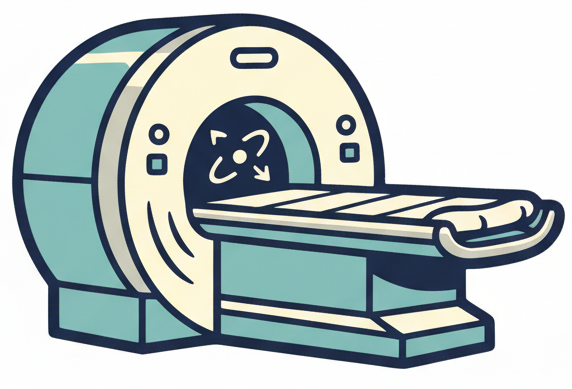Introduction to Principles of MRI#
This is a book and associated simulations for learning the principles of magnetic resonance imaging (MRI). It is based on about a decade of teaching MRI to 1st year graduate students coming from a broad range of educational backgrounds (primarily natural sciences and engineering).
Learning Goals#
Upon completing this book, the following Learning Goals should be achieved
Describe the 4 fundamental components of a MRI scan and why they are necessary
Understand what MRI is measuring
Describe the concepts of polarization, resonance, excitation, and relaxation
Describe how various types of MRI contrast are created
Describe how images are formed
Understand the most popular pulse sequences and their acronyms
Understand the constraints and tradeoffs in MRI
Manipulate MRI sequence parameters to improve performance
Identify artifacts and how to mitigate them
Manipulate and analyze MRI data
Getting Started#
This book jumps pretty quickly into concepts, for a quick overview of MRI, here’s my attempt to explain MRI in under 10 minutes:
Principles of MRI Course Lectures#
You can also access a full playlist of my lectures
Using MRI-Education-Resources code#
There is a set of some associated code that goes along with this book, it is available at the git repository LarsonLab/MRI-education-resources, and also the GitHub icon above. I recommend cloning the repository via the GitHub Desktop application, this way you get all the code at once and then can pull any updates made to the repository.
Acknowledgements#
This book is greatly influenced by many other great resources that I want to acknowledge up front:
Principles of Magnetic Resonance Imaging by Dwight Nishimura - I learned from this great text and borrowed a lot of its material. For some of my students with less engineering/signal processing background, this book on its own was challenging.
Net magnetizations animation from Bill Overall and the SpinBench simulation and pulse sequence design tool
Miki Lustig’s MRI course notes
Educational resources from the Danish Research Centre for Magnetic Resonance, which includes a great on-line Bloch Simulator
